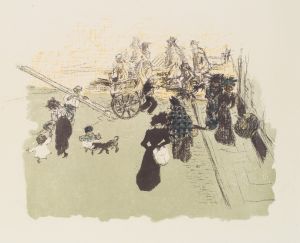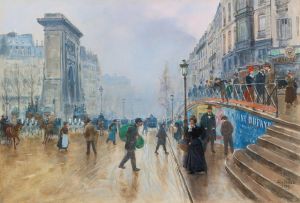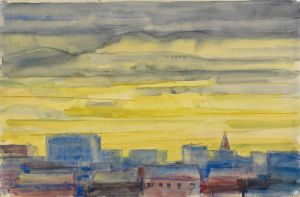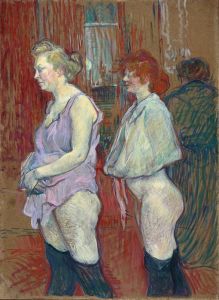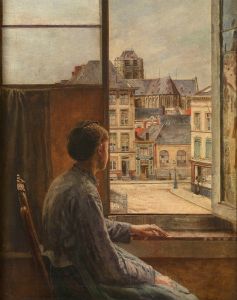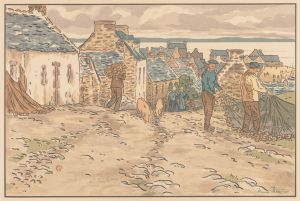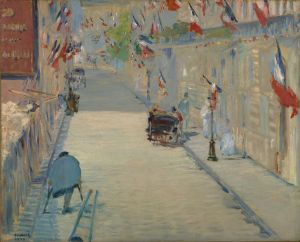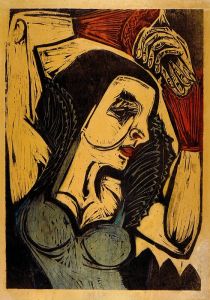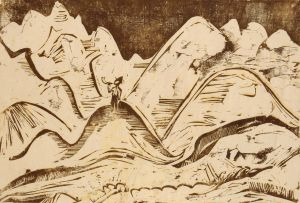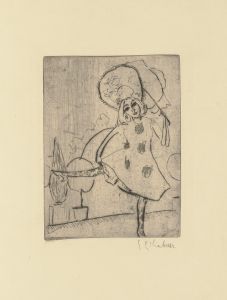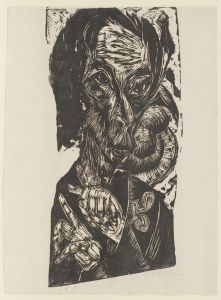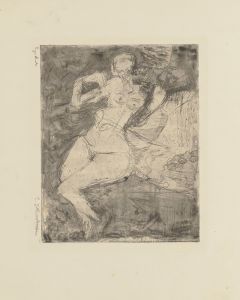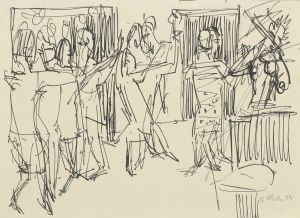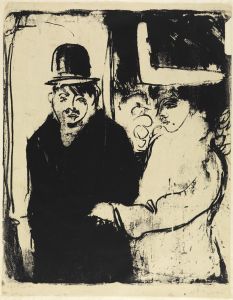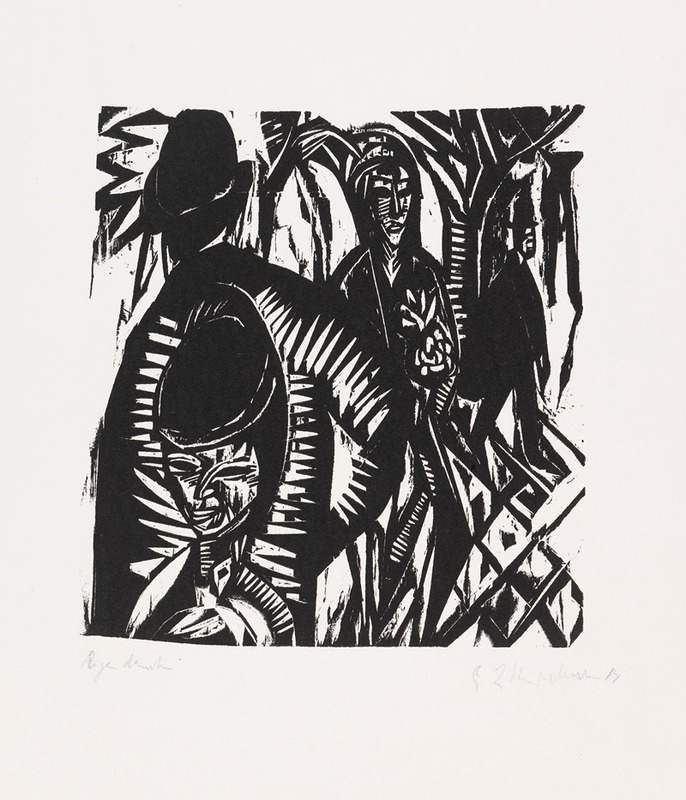
Straßenszene, nach dem Regen
A hand-painted replica of Ernst Ludwig Kirchner’s masterpiece Straßenszene, nach dem Regen, meticulously crafted by professional artists to capture the true essence of the original. Each piece is created with museum-quality canvas and rare mineral pigments, carefully painted by experienced artists with delicate brushstrokes and rich, layered colors to perfectly recreate the texture of the original artwork. Unlike machine-printed reproductions, this hand-painted version brings the painting to life, infused with the artist’s emotions and skill in every stroke. Whether for personal collection or home decoration, it instantly elevates the artistic atmosphere of any space.
Ernst Ludwig Kirchner's painting Straßenszene, nach dem Regen (Street Scene, After the Rain) is a work created by the German Expressionist artist, who was a founding member of the influential art movement Die Brücke (The Bridge). This group, established in 1905, sought to break away from traditional academic art and embraced a more modern, emotional, and raw approach to artistic expression. Kirchner's works often reflect the dynamic and sometimes unsettling energy of urban life, a recurring theme in his oeuvre.
The painting is believed to depict a street scene in a city, likely Berlin, where Kirchner lived and worked during a significant period of his career. The title suggests that the scene takes place shortly after rainfall, which may be indicated by the reflective surfaces or the atmospheric quality of the composition. Kirchner's use of bold, exaggerated forms and vibrant colors is characteristic of his style, emphasizing the emotional and psychological impact of the urban environment rather than striving for realistic representation.
Kirchner's street scenes often include figures in motion, capturing the bustling energy of city life. These figures are typically elongated and stylized, contributing to the sense of unease or alienation that is a hallmark of his urban works. The painting may also reflect Kirchner's interest in the interplay between modernity and human experience, a theme that resonated deeply with many Expressionist artists of the early 20th century.
The exact date of creation for Straßenszene, nach dem Regen is not definitively documented, but it likely falls within the period when Kirchner was most actively producing his Berlin street scenes, roughly between 1913 and 1915. This was a time of significant personal and artistic development for Kirchner, as well as a period of social and political upheaval in Europe leading up to World War I.
As with many of Kirchner's works, this painting reflects his innovative approach to composition, color, and form. His technique often involved the use of quick, expressive brushstrokes and a vivid palette, which helped convey the emotional intensity of his subjects. The painting is an example of Kirchner's ability to capture the fleeting, ephemeral qualities of urban life while also imbuing his work with a deeper psychological resonance.
The current location of Straßenszene, nach dem Regen is not widely documented, and further details about its provenance or exhibition history are not readily available. Kirchner's works, however, are held in major collections around the world, including institutions such as the Museum of Modern Art in New York, the Brücke Museum in Berlin, and the Kunsthaus Zürich, which houses a significant collection of his art.
This painting is a testament to Kirchner's role as a leading figure in the Expressionist movement and his ability to capture the complexities of modern life through his distinctive artistic vision.





